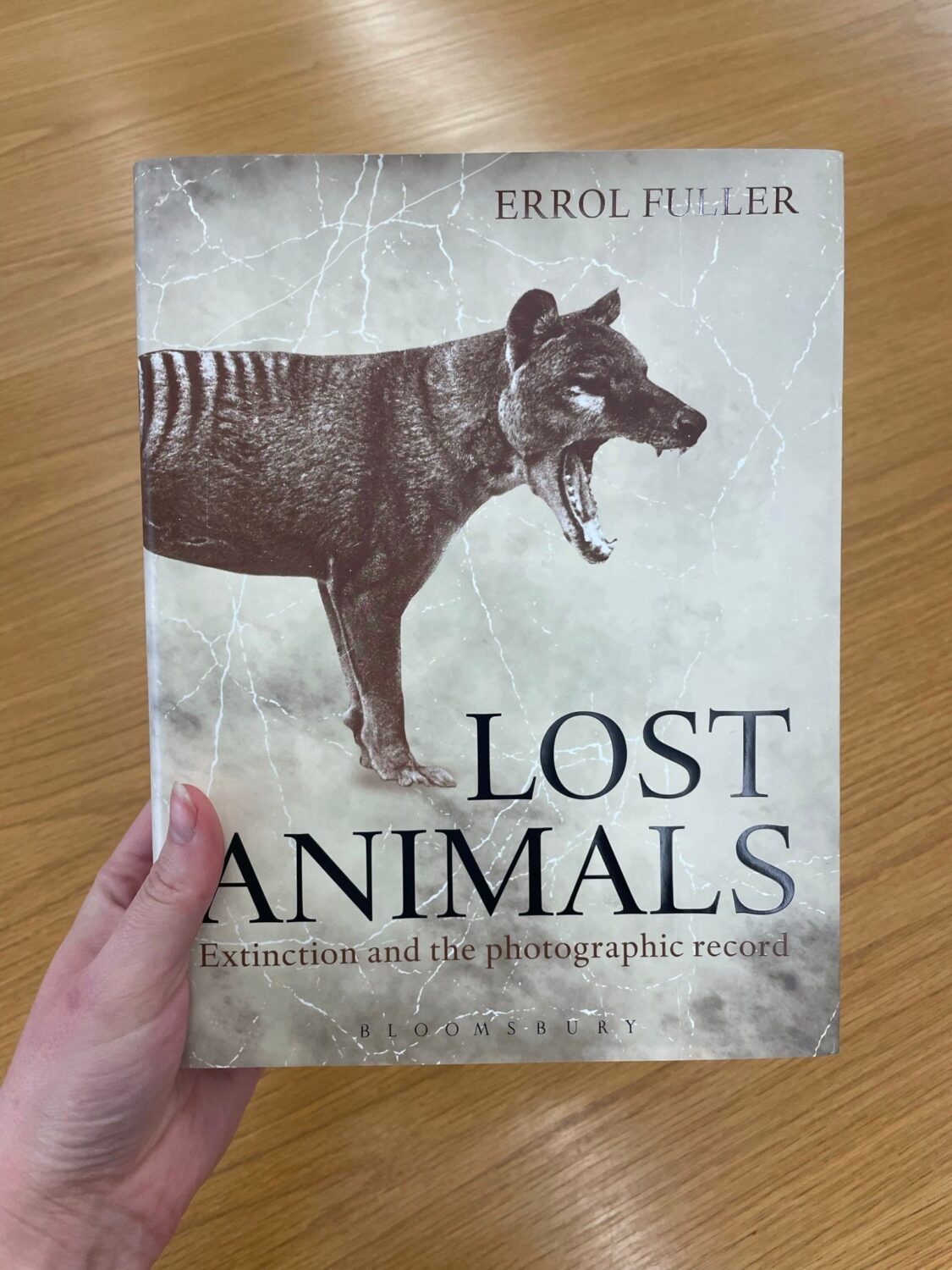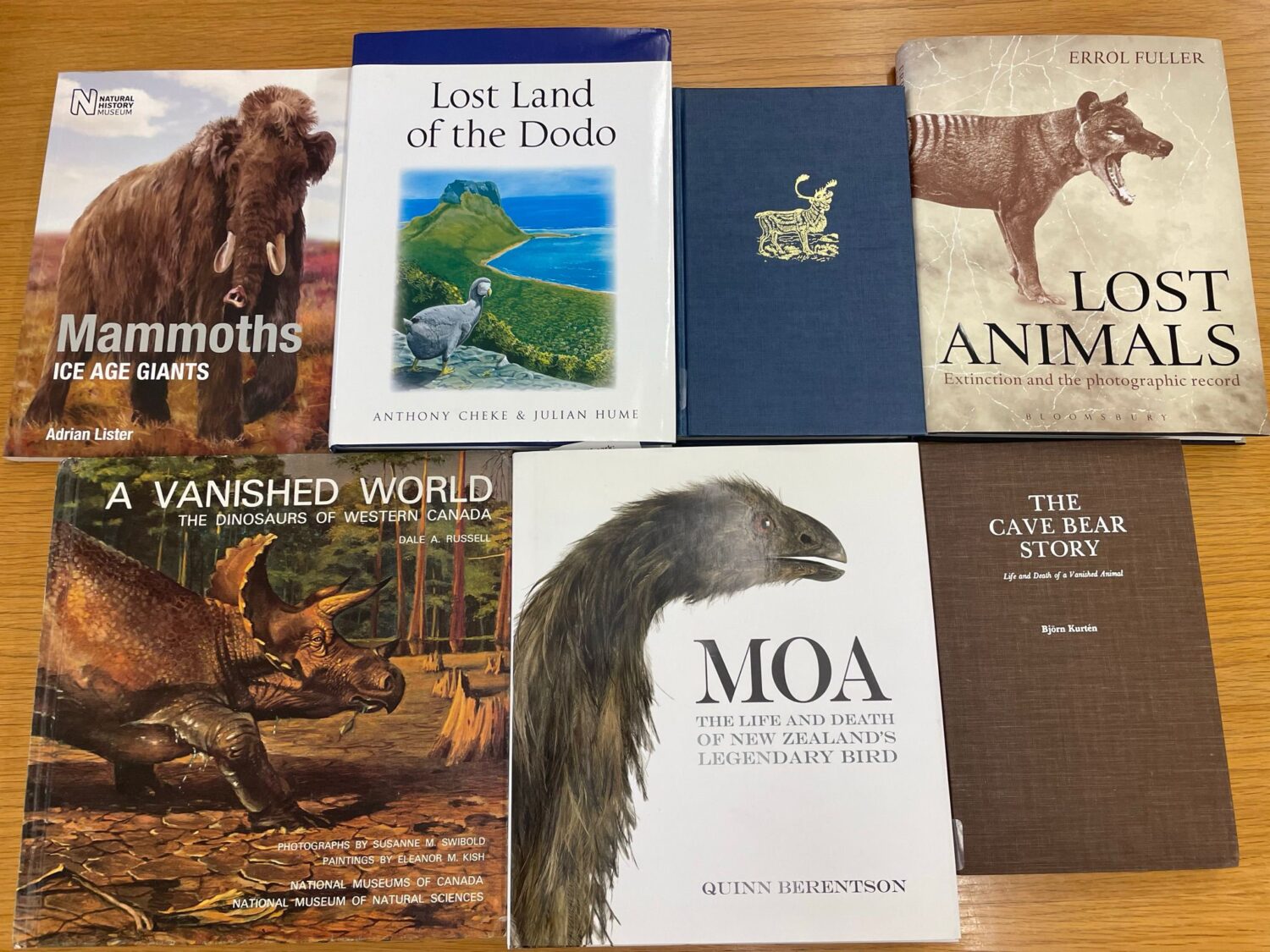Lost Species Day takes place on 30 November. It’s a chance to discover the stories of extinct and critically endangered species found in the collection at the Great North Museum: Hancock. Find out more about these and endangered species found in the North East today in our latest blog.
From fossils to taxidermy, museums are the most likely place to find lost species. Whether the animal was lost to a famous, prehistoric mass extinction event, climate change or due to more recent human activity, museums hold records of the creatures that used to roam.
Did you know? The collection at the Great North Museum: Hancock holds important specimens of lost species. Walking into the impressive living gallery, visitors have the chance to come eye to eye with one of the world’s most famous lost species – the Dodo.
Lesser-known additions to the collection include an adult and juvenile Great Auk, the latter being the world’s only fully juvenile specimen, passenger pigeon and Huia. They all have one thing in common: their extinction was driven by human activity.
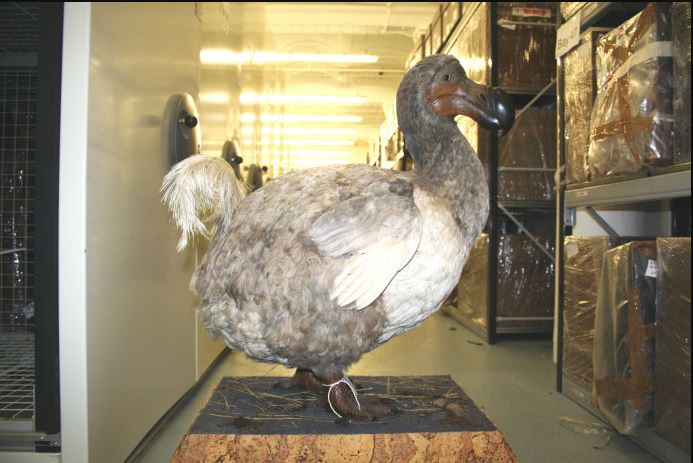
Dodo
The Dodo was found on the island of Mauritius, evolving in isolation from significant predators. It was fearless of humans and this, paired with its inability to fly, made it easy prey for sailors and their introduced animals, such as cats, dogs and rats. It was driven to extinction in the late 1600’s by both predation and the loss of habitat.
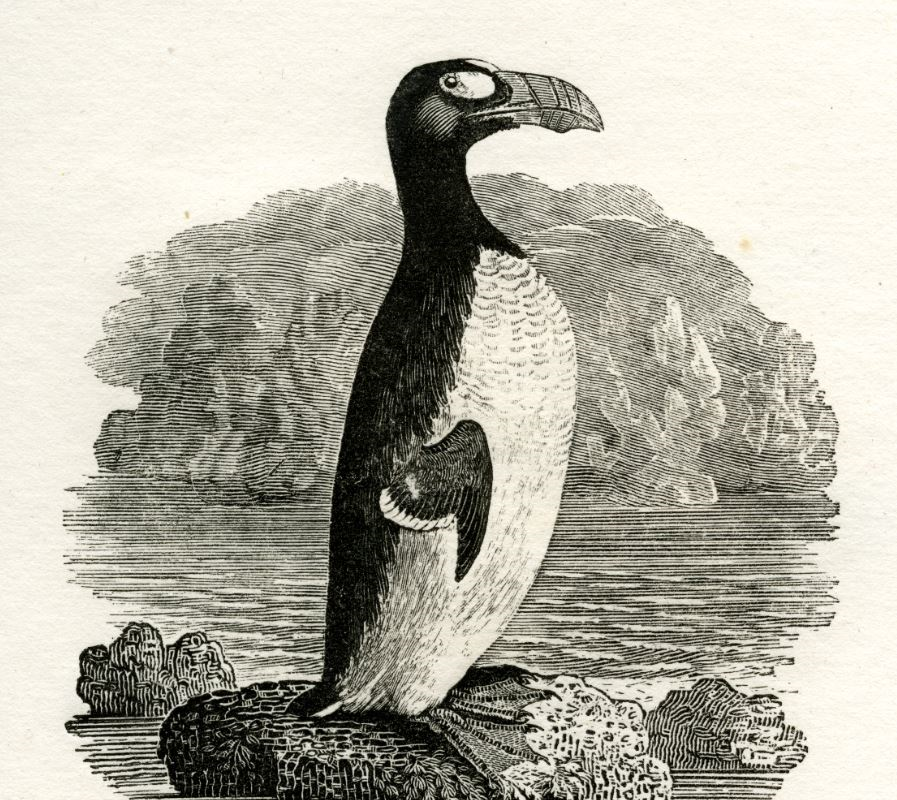
Great Auk
A close relative of the familiar Razorbills you can see on the Farne Islands today, the Great Auk used to forage in the North Atlantic. They were found from Canada to Britain and even as far south as Spain. They were exploited for humans for their down. Then, the collection of eggs and pelts from the species once they became rare was their ultimate demise in 1844.
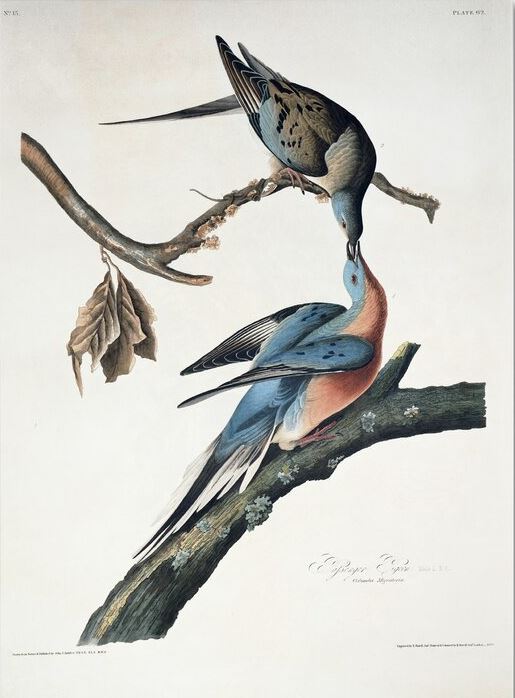
Passenger Pigeon
Once the most abundant bird in North America but hunting on a massive scale for cheap pigeon meat in the 19th century led to this birds eventual extinction in 1901. Deforestation was also a contributing factor to their decline.
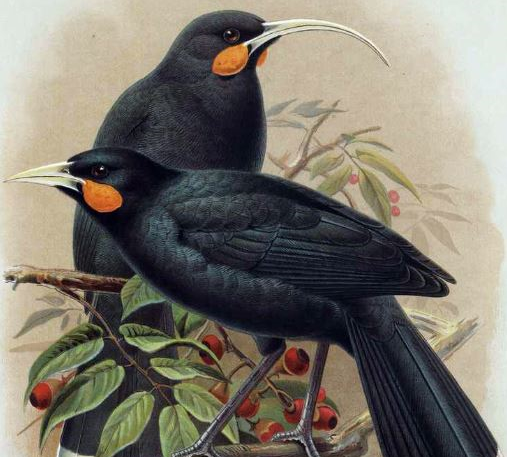
Huia
Known for incredible curved beaks and beauty, hunters in the late 1800’s and deforestation drove this species to extinction. Settlers deforested land for agriculture, making the Huia, which relied on eating boring insects in rotting trees particularly sensitive. Like to dodo, they also became victim to introduced cats, dogs and rats and diseases from introduced birds.
Lost Species and Extinction in the North East
For the species above, it’s too late, but much of our wildlife is in danger. Iconic species across the UK and in the North East, such as the Hedgehog, Atlantic Puffin and Red Squirrel are declining. Even the most familiar species, such as the house sparrow, are struggling.
Even though on this day we remember the animals that have become extinct, we should also think about the wildlife we can save. For example, pollinator populations are declining in the UK. How can you make your garden more pollinator friendly? You can also help by raising awareness, recording rare wildlife that you see with ERIC North East or by taking part in practical conservation in your spare time. This winter you could help by setting up nest boxes or bird feeders in your garden.
Wanting to find out more about lost species? The NHSN Natural History Library has an abundance of books covering a range of species and their extinction.
